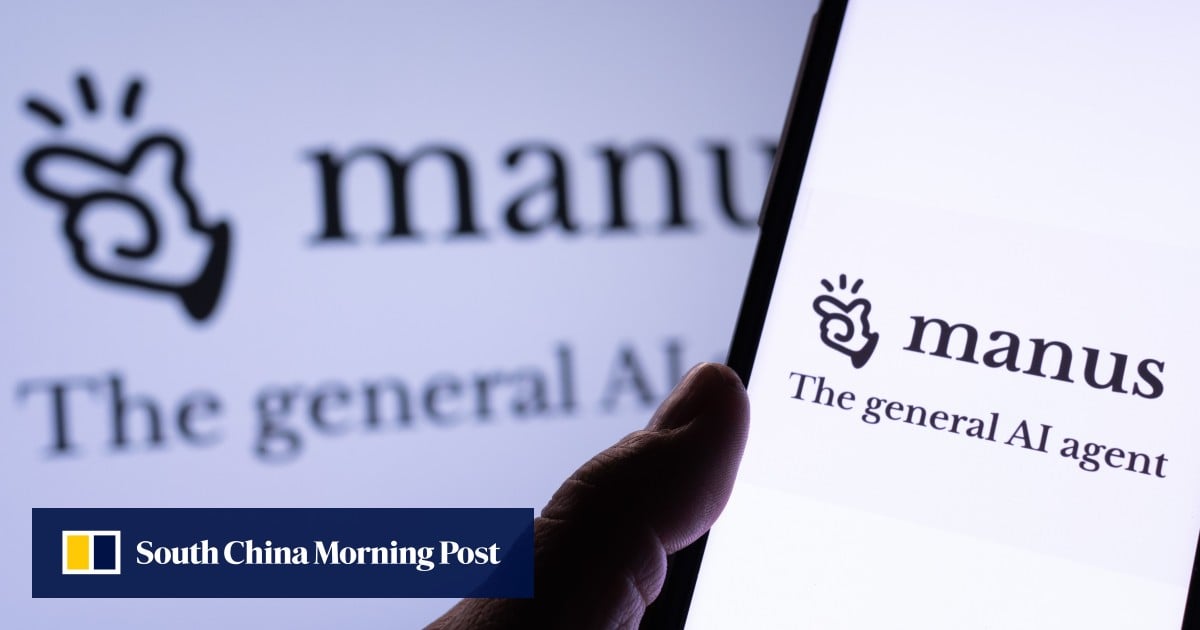Founder of Butterfly Effect Claims Chinese AI Agent Manus Surpasses Traditional Chatbots

The Rise of Butterfly Effect and its AI Agent, Manus
Introduction to Butterfly Effect
Butterfly Effect is a promising start-up from China that focuses on advancing artificial intelligence (AI) technologies. With backing from Tencent Holdings, this company is drawing significant attention in both domestic and international tech circles. Its flagship product, Manus, is a general-purpose AI agent designed with a focus on practical applications rather than just functioning as a chatbot like ChatGPT. This strategic approach could redefine how AI is integrated into everyday tasks.
The Manus AI Agent
Diverse Capabilities
Manus sets itself apart from conventional chatbots by emphasizing functionality and performance. During a recent online preview, which was invitation-only, the capabilities of Manus were showcased effectively. This AI agent can perform a variety of tasks, including:
- Website Creation: Users can instruct Manus to design customized websites tailored to their specific needs.
- Trip Planning: It can quickly generate detailed itineraries for trips, such as planning travel to Japan, taking into account various factors that enhance the travel experience.
- Financial Analysis: Users can seek an in-depth analysis of stocks, like those of Tesla, helping investors make informed decisions.
- Real-Estate Advice: Manus offers personalized recommendations on real estate in cities like New York, adjusting suggestions based on the requirements of families.
The Human-like Interaction of Manus
A Step Beyond Traditional AI
Red Xiao Hong, the founder and CEO of Butterfly Effect, has emphasized that Manus behaves more like a human compared to traditional chatbots. This is because Manus is not only reactive; it proactively interacts with its surroundings. The AI agent collects feedback from its interactions, which it then uses to refine its responses, thereby creating a more dynamic and engaging user experience.
The Vision Behind Butterfly Effect
Focus on Applications
In an interview, Red Xiao indicated that his vision for Butterfly Effect did not initially include the development of large language models (LLMs). He believes that the focus should be on creating practical applications in the AI industry, which remains an area ripe for innovation. LLMs, like those powering ChatGPT, form the backbone of many generative AI services, but Xiao argues that their application is where real growth potential lies.
Building on Existing Technologies
Butterfly Effect’s Manus has been developed using foundational LLM technologies. According to Peak Ji Yichao, the co-founder and chief scientist of the company, Manus is built on existing systems like Anthropic’s Claude and customized versions of Alibaba Group’s Qwen. This foundation enables Manus to harness advanced AI techniques while focusing on specific real-world applications.
The Future Potential of Manus
Addressing Market Needs
The AI market is rapidly evolving, and there is a growing demand for technologies that cater to practical needs rather than just conversational abilities. Manus is strategically positioned to meet this demand by offering solutions that tackle significant daily tasks.
Engaging with Users
As AI continues to embed itself further into professional and personal environments, further iterations of Manus are likely to enhance its interactive capabilities. This could lead to even richer user experiences, whereby Manus learns and adapts based on direct user feedback.
By concentrating on valuable applications and using a human-like approach to interaction, Butterfly Effect’s Manus aims to make a significant impact in the AI domain. As the technology community watches closely, it will be interesting to see how this innovative start-up shapes the future of artificial intelligence and its applications.





